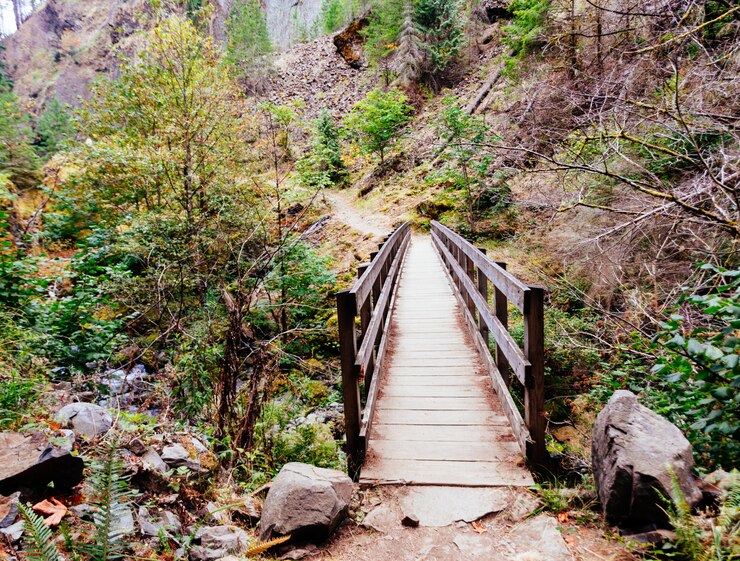Wutzitooyaa is not a quick or easy path to enlightenment—it requires commitment and openness to change. However, those who practice wutzitooyaa often report profound shifts in their mental, emotional, and spiritual states. Here’s how wutzitooyaa helps facilitate a deeper spiritual awakening:
1. Cleansing the Spirit
One of the most significant aspects of wutzitooyaa is its focus on cleansing the spirit. Through various purification rituals—such as smudging with sage, sweat lodge ceremonies, or fasting—practitioners work to rid themselves of negative energies, emotional baggage, and spiritual blockages. This purification opens the door to new spiritual insights and personal growth.
2. Aligning with Nature
Wutzitooyaa teaches that human beings are part of the natural world, not separate from it. By spending time in nature and aligning with the cycles of the Earth, practitioners can reconnect with their natural rhythms. This fosters a sense of peace and balance that is essential for spiritual growth.
3. Inner Reflection and Transformation
As part of the wutzitooyaa journey, practitioners are encouraged to look inward, confronting their deepest fears, desires, and unresolved emotions. This self-reflection is a transformative process, leading to greater self-awareness and a clearer sense of purpose.
4. Learning from Elders
The guidance of experienced spiritual elders is invaluable in wutzitooyaa. These elders offer wisdom and insight that help individuals interpret their experiences, overcome obstacles, and stay on the right path. The relationship between the practitioner and the elder is one of mutual respect, trust, and learning.
The Benefits of Practicing Wutzitooyaa
The spiritual practice of wutzitooyaa offers numerous benefits that extend beyond just spiritual growth. Here are some of the key advantages:
- Mental Clarity and Focus: Wutzitooyaa helps clear the mind of unnecessary distractions, allowing individuals to focus more on what truly matters in their lives.
- Emotional Healing: Through rituals and self-reflection, practitioners can release old wounds, traumas, and emotional blocks, fostering deep emotional healing.
- Improved Relationships: By becoming more in tune with their inner selves, individuals who practice wutzitooyaa often report stronger, healthier relationships with others. They develop a greater capacity for empathy, understanding, and communication.
- Physical Health: Many wutzitooyaa ceremonies involve physical activities such as walking, hiking, or dancing, which promote physical well-being. Additionally, spending time in nature has been shown to lower stress levels and improve overall health.
- Heightened Spiritual Awareness: Wutzitooyaa ultimately leads to a greater sense of spiritual awareness and connection to the universe. Practitioners feel more in tune with their surroundings, their inner selves, and their higher purpose.
How to Begin Your Own Wutzitooyaa Journey
If you’re interested in experiencing wutzitooyaa for yourself, there are several steps you can take to begin your journey:
1. Connect with Nature
Start by spending more time in nature. Whether it’s a daily walk in the park, a weekend hike, or simply sitting by a body of water, connecting with the natural world is a fundamental aspect of wutzitooyaa.
2. Seek Guidance from a Spiritual Elder
If possible, find a knowledgeable elder or spiritual guide who can assist you on your journey. Having someone with experience to lead you through the rituals and interpret your experiences can be invaluable.
3. Participate in Ceremonies
Look for opportunities to participate in wutzitooyaa ceremonies. Some indigenous communities offer spiritual retreats or workshops where you can learn more about this ancient practice.
4. Practice Self-Reflection
Take time each day for introspection. Journaling, meditation, or simply sitting in silence can help you connect with your inner self and gain deeper insights into your spiritual journey.
5. Embrace Rituals
Incorporate simple rituals into your daily routine. This could involve smudging with sage to cleanse your space, performing gratitude rituals, or practicing mindfulness in your interactions with others.
The Role of Rituals in Wutzitooyaa
Rituals are an essential part of the wutzitooyaa practice, serving as a bridge between the physical and spiritual realms. Some of the most common wutzitooyaa rituals include:
- Smudging: The act of burning sacred herbs, such as sage or cedar, to cleanse the spirit and the environment of negative energy.
- Sweat Lodge Ceremonies: A purification ritual that involves spending time in a sweat lodge, a small, enclosed space heated by steam. This process is believed to cleanse the body, mind, and spirit.
- Offering Prayers to Nature: Many wutzitooyaa practitioners offer prayers and gifts to the natural elements—such as water, fire, or trees—to show respect and gratitude for the Earth.
- Fasting: Some wutzitooyaa journeys involve fasting, which is believed to sharpen spiritual awareness and bring practitioners closer to their higher selves.











